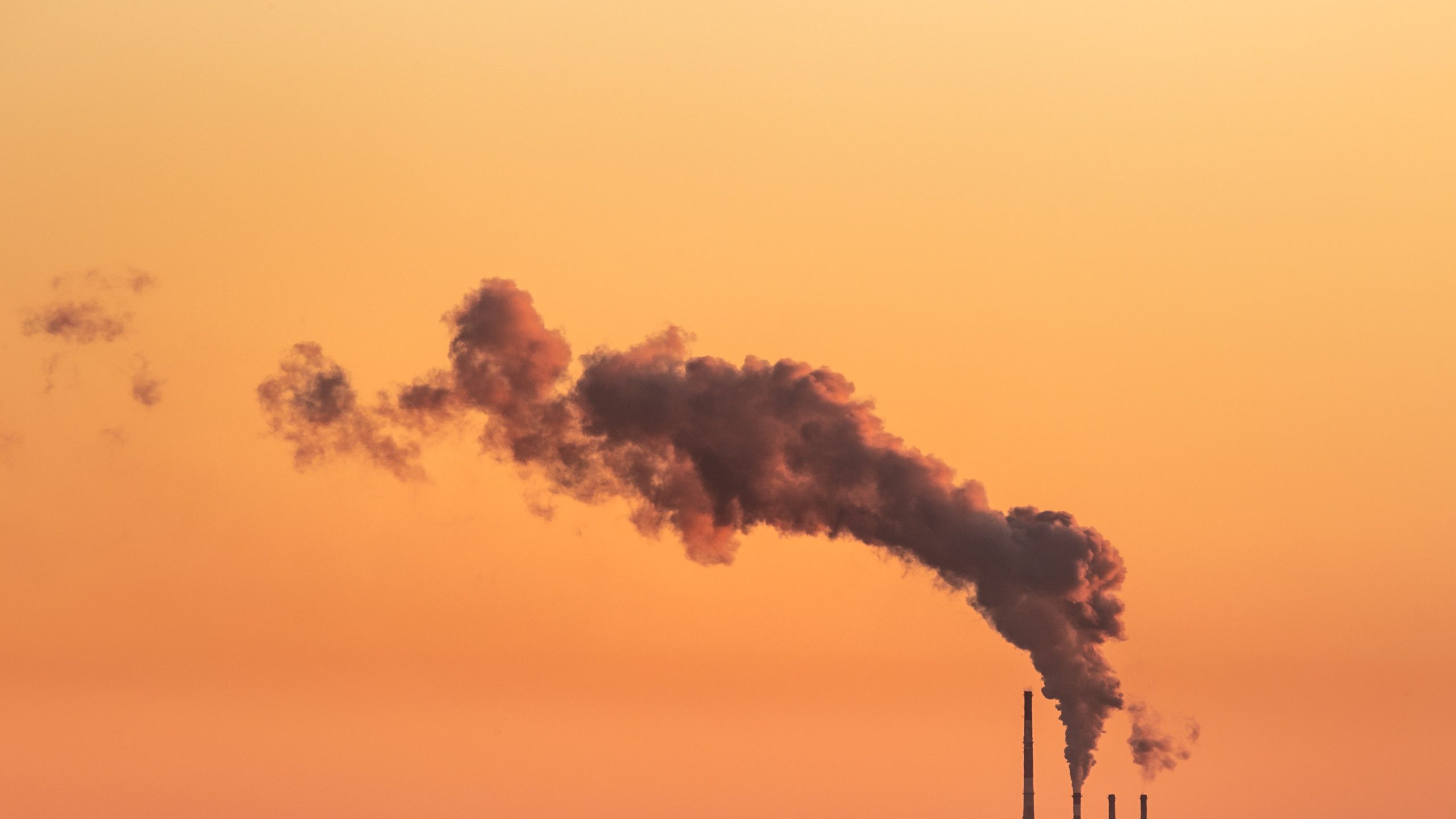The demand push from the market for zero-emissions steel, coupled with fast-adapting legislation and public incentives make Europe an attractive place for hydrogen-based direct reduced iron/hot-briquetted iron production, says GravitHy chief executive José Noldin.
However, investors must move fast to secure the required raw materials for this production, before competition heats up significantly.
GravitHy, created by a consortium of European energy and steel companies, plans to build a hydrogen-based DRI/HBI plant in Fos-sur-Mer, southern France.
“We see a window of opportunity in Europe to decarbonise the steel industry with this technology. We want to show that if we develop it with the right timing, producing metals in Europe can again become very competitive but if we are too slow, other regions in the world will develop it,” Noldin tells Kallanish in an exclusive interview. His native Brazil, for example, has access to low-carbon electricity but not the market push that Europe has, he adds.
GravitHy will buy electrolysers to produce approximately 120,000 tonnes/year of hydrogen, initially using low-carbon energy from France’s national grid, a mix of renewable and nuclear electricity.
“We are decoupling ironmaking from steelmaking in Europe. Steelmakers will focus on their core business which is making steel and developing new grades for end-users. We will focus on iron production, building iron production hubs with hydrogen as a vital part of our plant,” Noldin continues.
The cost of producing H2 for the plant will depend on several factors. “What will be the cost of electricity? What kind of premium is the market willing to pay [for green steel]? If the premium is very high, we can accept a higher cost of hydrogen production but if it is not, the hydrogen cost needs to go down,” Noldin says.
Government incentives also need to be considered. Blast furnaces have been around for 300 years, so they are fully optimised and modernised, while GravitHy is introducing a new technology that has extra capital and operating expenditure, he adds.
GravitHy is in advanced talks over securing a location for its prospective plant, which will produce up to 2 million tonnes/year of HBI/DRI. “We believe there is a very attractive market that is shaping up in Europe. There will be a global market for us to reach but we will be focusing on Europe for the beginning,” Noldin observes.
Discussions are ongoing with potential off-takers for HBI. The company has not yet secured high-grade iron ore pellet supply as it was only created seven months ago. It is however discussing with iron ore suppliers and has set up a dedicated taskforce. Noldin sees a possible shortage in high-grade pellet supply given the surge in DRI/HBI projects amid decarbonisation.
“There will be limited capacity in the future for iron ore pellets, for HBI, for electricity,” he comments. “Supply is not an issue today, but the market is shaping up. I believe momentum is very important. It will be a race to procure the pellets but there will also be a race for the HBI off-takers. We want to be quick to make the project happen because if we wait too long the competition will be fierce … The projects that take too long to make the final investment decisions will lose out. We have to be frontrunners and that’s why we commit to hydrogen instead of natural gas.”
“There is a market that is ready to pay a premium and the legislation is moving in the right direction. We see strong interest in our business case, even with our extra costs compared to the classic technology,” Noldin adds.
GravitHy aims to start site preparation for construction in 2024 and commission in 2027. Shareholders include EIT InnoEnergy, Engie New Ventures, Forvia, Idec, Plug and equipment maker Primetals Technologies.
Natalia Capra France






